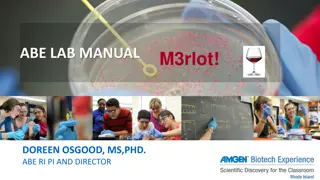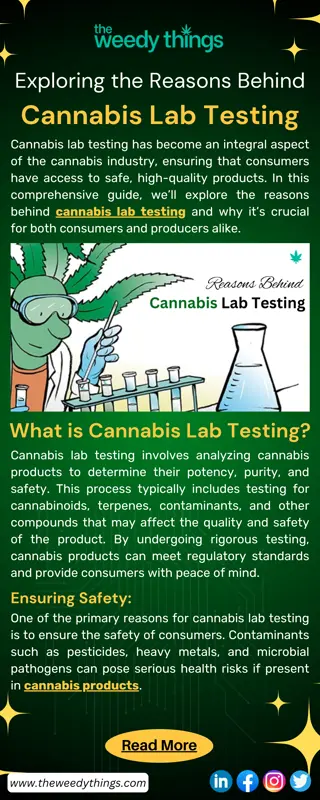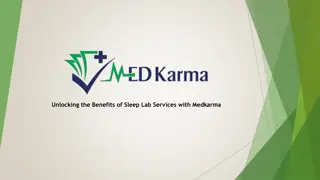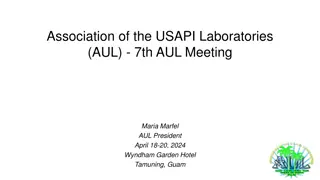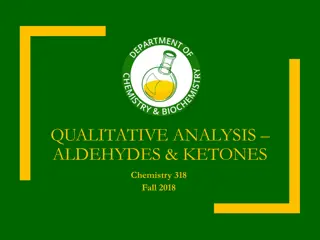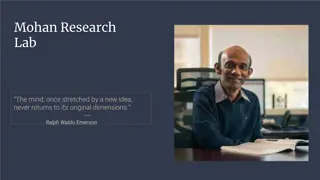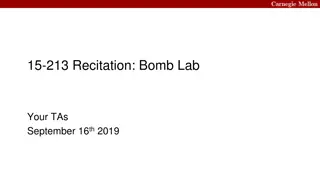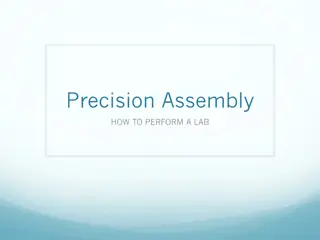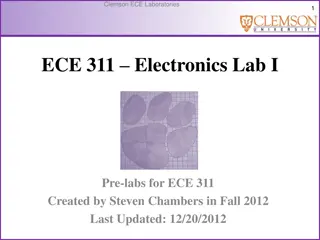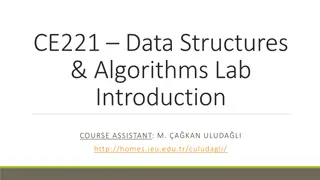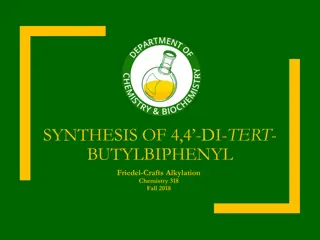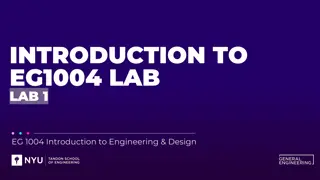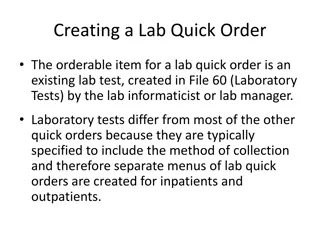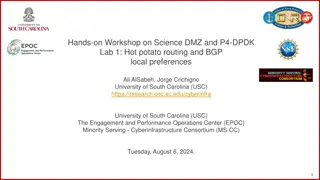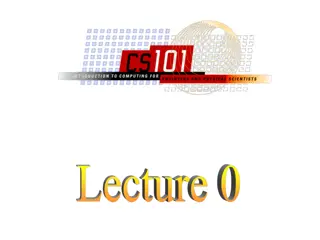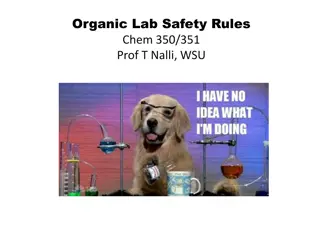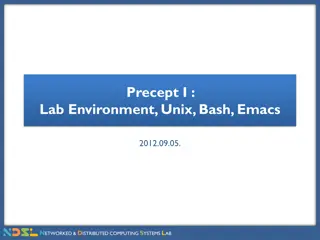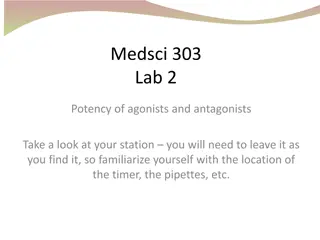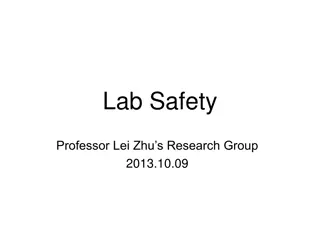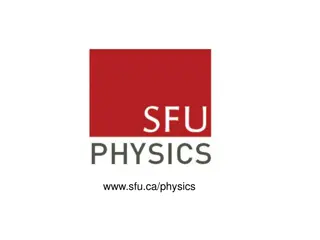
Investigating Energy Transfer in a Local Ecosystem
Explore the journey of solar energy on Earth, conduct a scientific investigation to understand its impact on different areas of a local ecosystem, and analyze data to uncover patterns and insights. Get ready to delve into the fascinating world of energy transfer!
Download Presentation

Please find below an Image/Link to download the presentation.
The content on the website is provided AS IS for your information and personal use only. It may not be sold, licensed, or shared on other websites without obtaining consent from the author. If you encounter any issues during the download, it is possible that the publisher has removed the file from their server.
You are allowed to download the files provided on this website for personal or commercial use, subject to the condition that they are used lawfully. All files are the property of their respective owners.
The content on the website is provided AS IS for your information and personal use only. It may not be sold, licensed, or shared on other websites without obtaining consent from the author.
E N D
Presentation Transcript
Lets Think About 1. What happened to the energy from the sun when it hits the earth? 2. Record you thoughts in your note page. 3. Turn to your elbow partner and share your ideas. 2
Challenge As a scientist, you have been commissioned to investigate what happens to the sun s energy after it has hit the earth in a local ecosystem. Based on temperature measurement and material sampling, you noticed that there are three distinct areas in the ecosystem. 3
Clear Expectations with Design Criteria Learning Target: I will plan and carry out an investigation about energy transfer in the air. Success Criteria: (You ll know you are done when you can ) Plan an investigation that answers the question What happens to the sun s energy after it has been absorbed by the Earth? Identify the materials and steps for an investigation. Use your results to report to the class what you observed in terms of the energy. 4
Investigation Materials Three distinct areas in your ecosystem: Candleland (represented by a candle) Lampland (represented by a lamp), Waterland (represented by a bowl of water) Whirligig String Scissors 5
Prep for the Investigation What are the elements of a scientific investigation? Review and/or record these in your notebooks. Examine the materials available, how are you going to use the whirligig? Make a plan with your table group Whole group sharing 6
Does Your Investigation Include What it Needs? A plan of your investigation steps for the teacher to view and approve. Once your plan has be approved, you may gather materials and set up your investigation. Before you begin, do a safety check. Conduct your investigation and record your data. 7
Analyze Your Data Each table group will share what they did and their results of their investigation. What patterns do we see in the data? How can we make our data more quantitative? 8
Re-design Re-design your investigation to collect measurements Conduct investigation Record data Again, be prepared to share 9
Again, Analyze Your Data Each table group will share what they did and their results What did we learn from this investigation that we didn t know from the first try What claim can you make from the data from both experiments? What is your evidence? 10
Make a Model Based on your observations and results, draw a model that incorporates what you think is happening to the energy radiated by all 3 lands and absorbed by the air molecules. Share your ideas with a partner. 11
Reading Read the selection provided. Put a * next to the ideas that help you think about your model Put a ? next to the ideas that you don t understand or have questions about Put an ! Next to the ideas that you thought were interesting. 12
Reading Share Discuss your *, ? and ! points with a partner Be prepared to share what you discovered with the whole class 13
Revise Your Model Based on your reading and discussion, revise your model of the 3 lands Share with a partner Be prepared to share with the class What can we now say about how the energy moves in the atmosphere? 14
What Goes Up Must .. Partner share: what do you think happens to the air once it goes up? Why? What is your reasoning? 15
Video We ll watch the video 3 times: 1. On your own. Record your observations and your questions. How does this fit with your learning so far? 2. Discuss what your ideas with a partner. How might the video impact your 3-land model? 3. Whole group discussion. Revise your model to include your new thinking. 1.https://www.youtube.com/watch?v=7xWWowXtuvA 16
Compare the Lands What do think would happen to the air if the lampland was next to the waterland? Discuss with a partner. Be prepared to share your ideas. Draw a model of the movement of the air between lampland and water land. Use it to explain the transfer of energy and the movement of air. 17
I Wonder Watch the video. Zoom in on the coast. http://earth.nullschool.net/ What does your explanation from your model have to do with wind movement?..... 19

